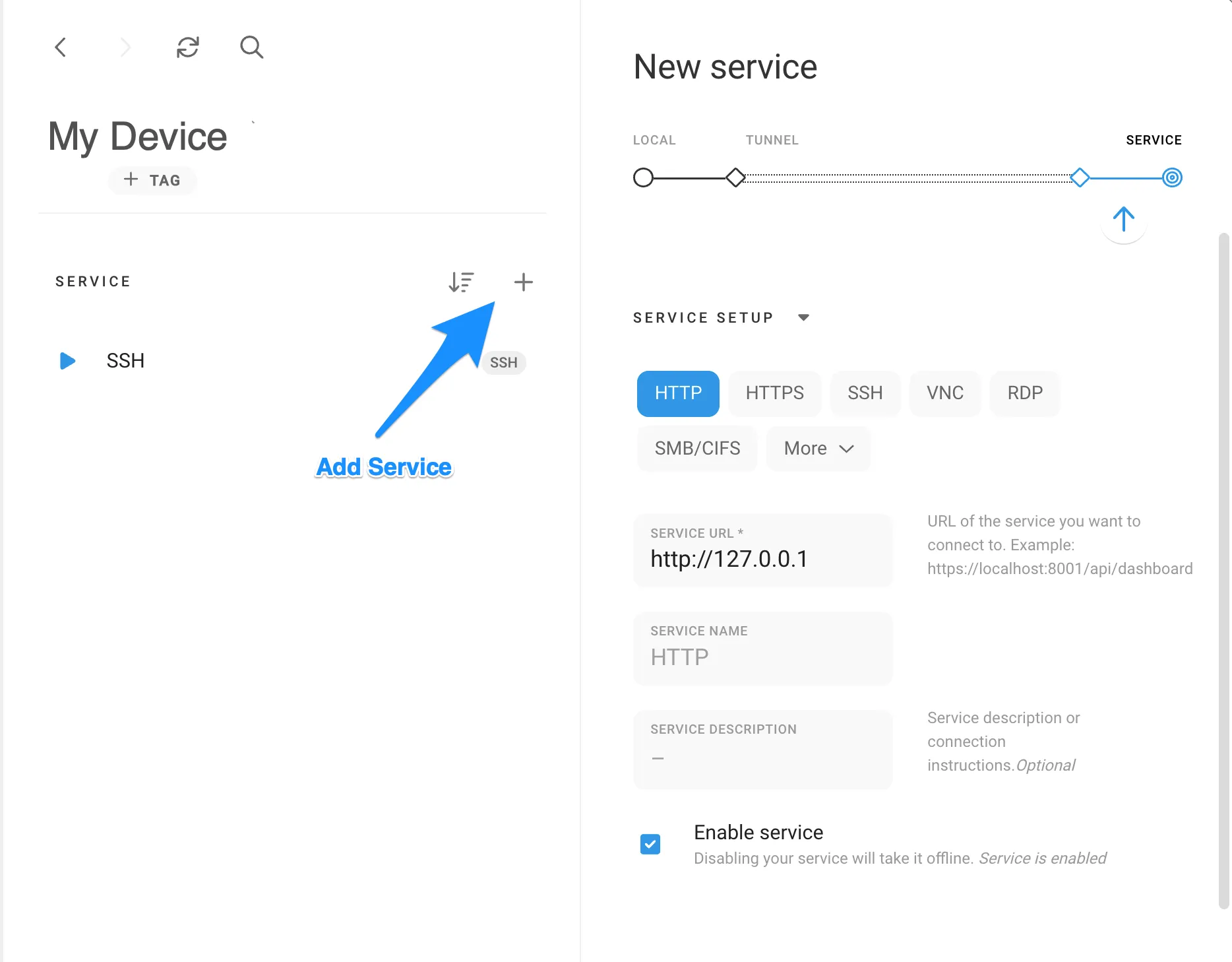
We believe in securely connecting everything by enabling users to build private networks within the internet that only they can see. We provide zero trust IT/OT networking as a service.
Language
English
日本

Arm Virtual Hardware (AVH) users can use Remote.It to remotely access their Arm virtual devices without complex VPNs or network configuration changes. Users can combine AVH devices into the same network as local and devices in other public clouds such as AWS. Remote.It enables users with APIs and scripts to programmatically manage your AVH network.
AVH delivers ready-to-use models of Arm-based processors, systems and third party hardware. Arm Virtual Hardware runs as an application in the cloud to simplify, automate, accelerate and cost-reduce maintenance and development processes. This enables fast prototyping, build and deployment with efficient selection of the best Arm-based silicon for a new or updated application. This guide will step you setting up a virtual Raspberry Pi.
You will need:
Set Up an AVH virtual Raspberry Pi:





Remote.It has a lot more to offer from allowing you to share your devices to friends and colleagues, advanced connection configurations, online/offline notifications, manufacturing support and more. Learn about them here.